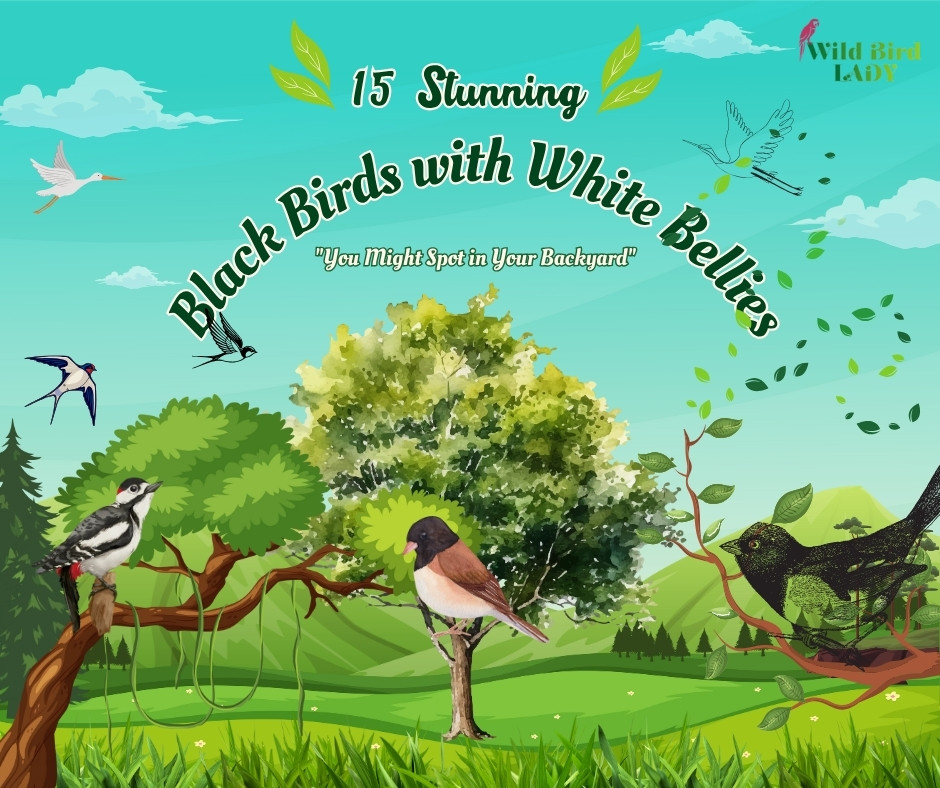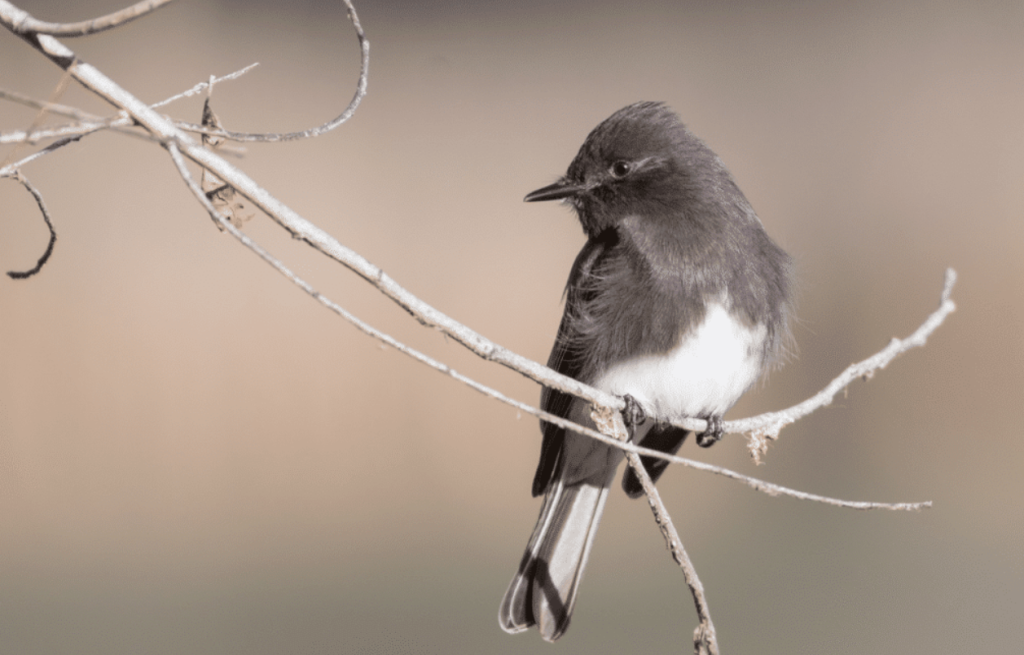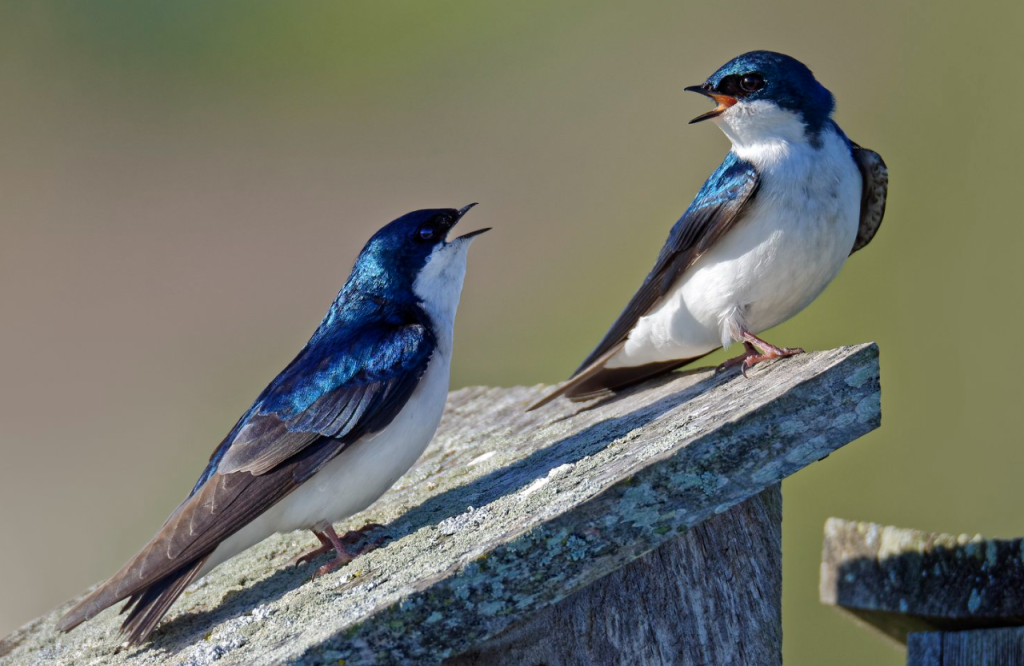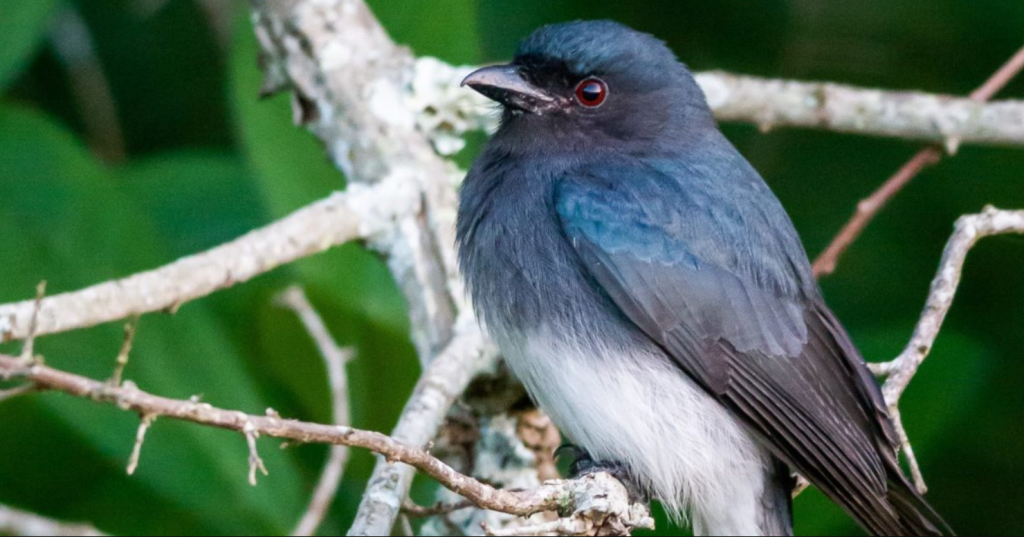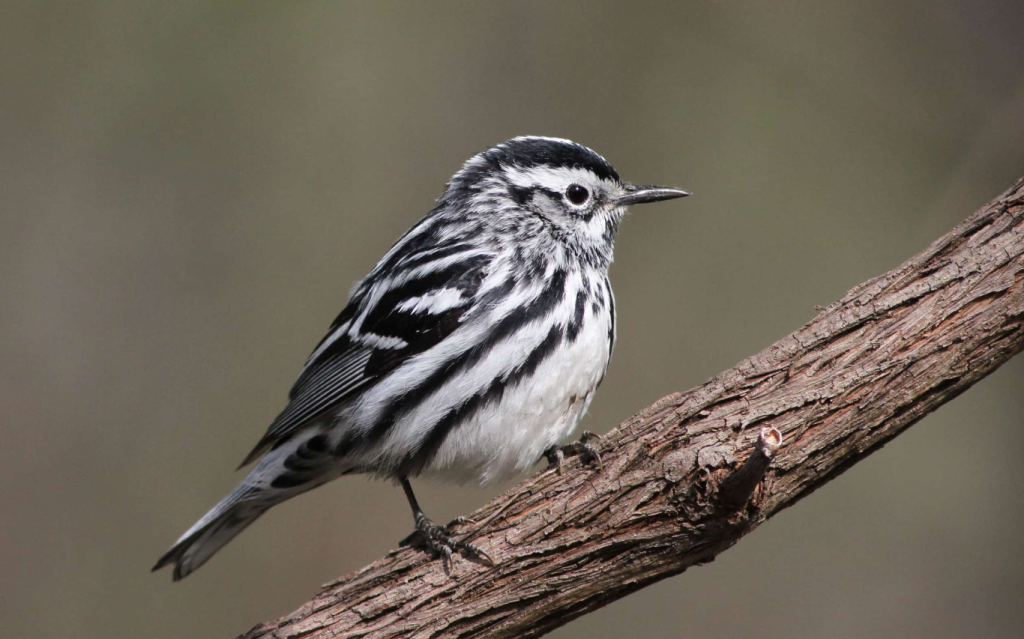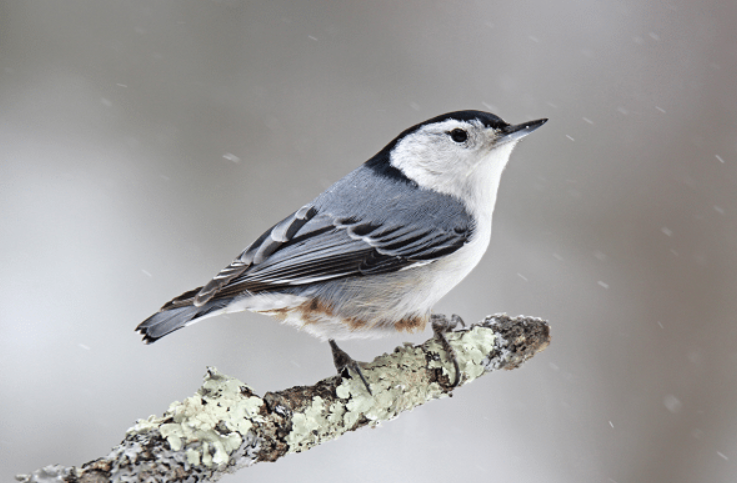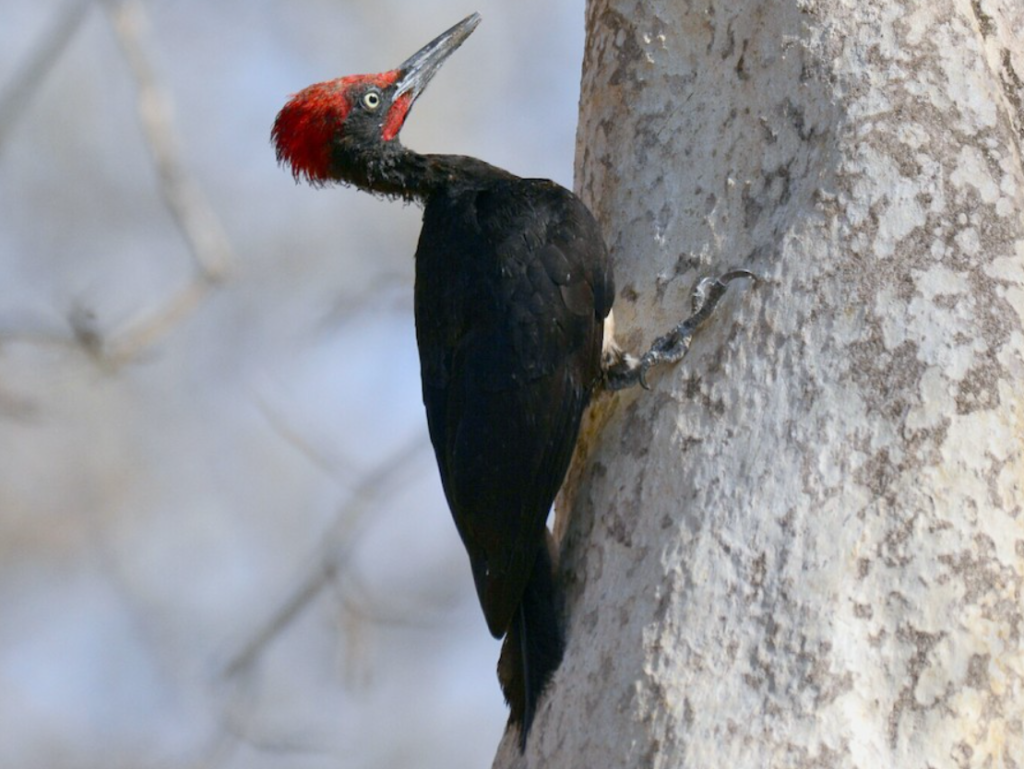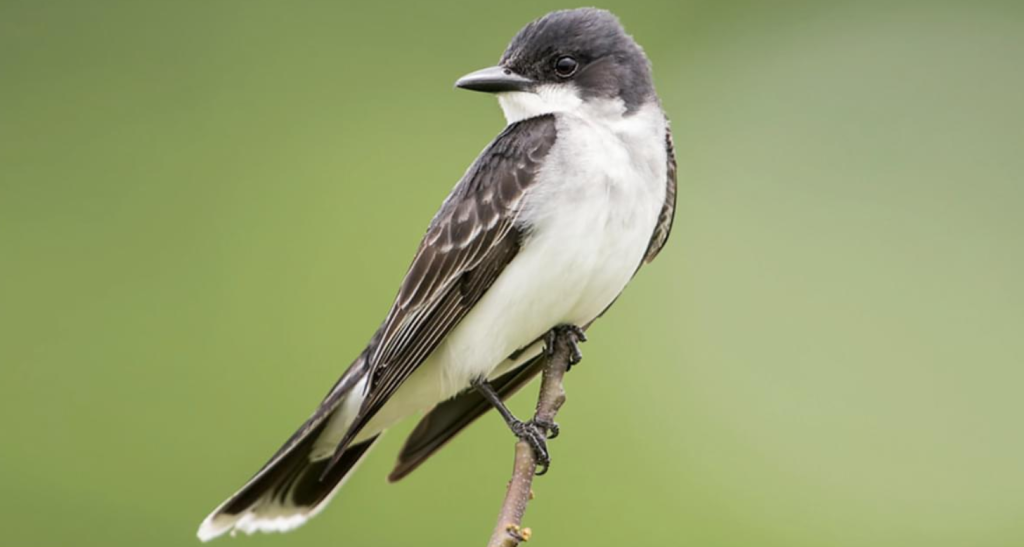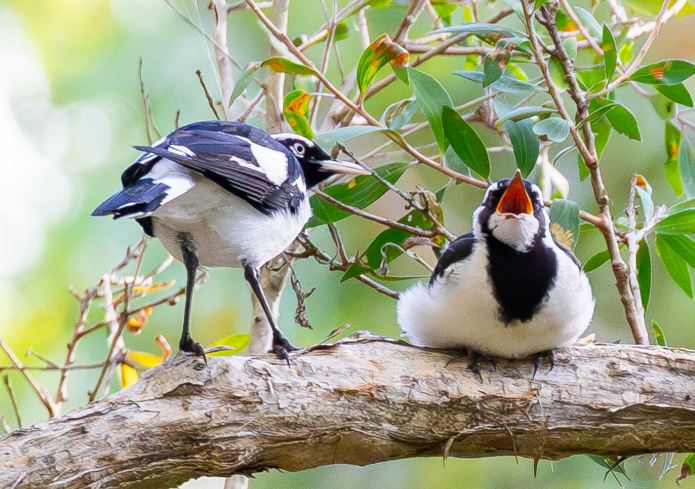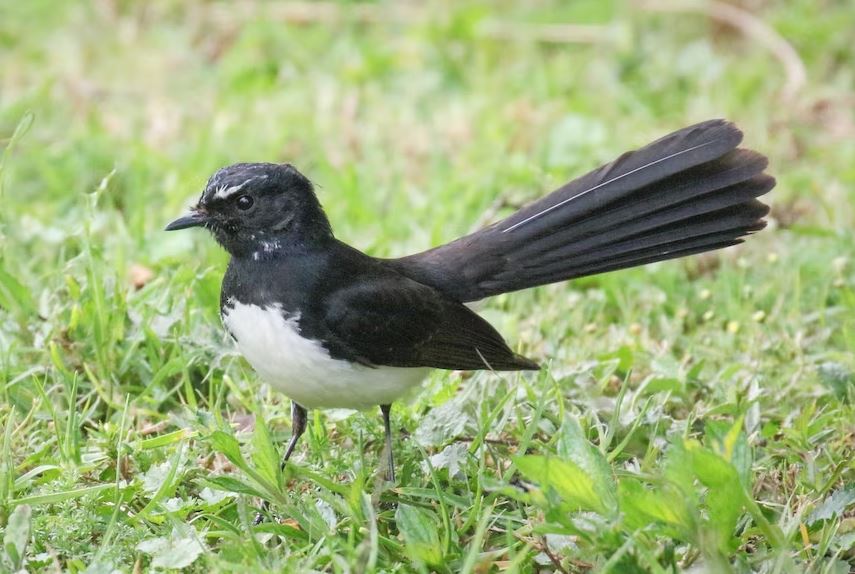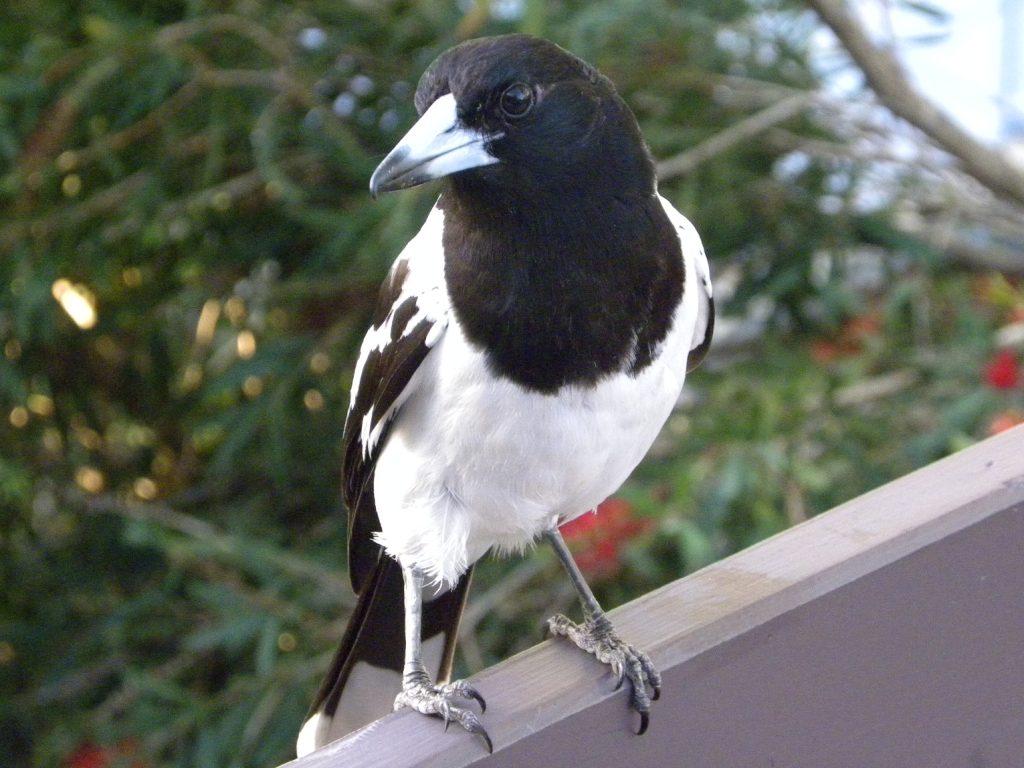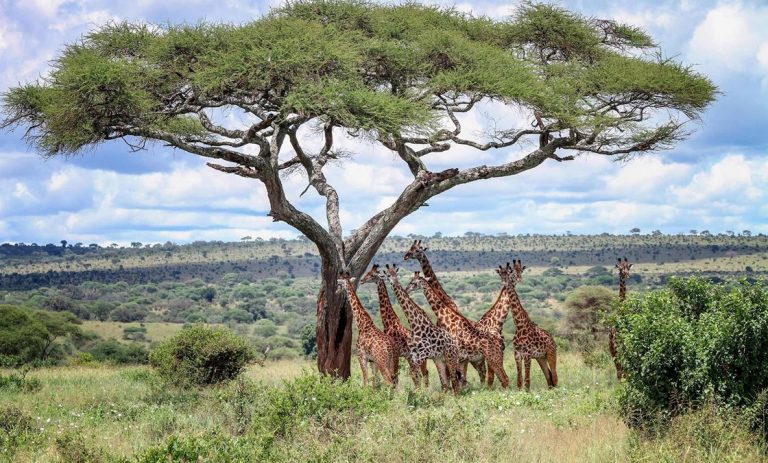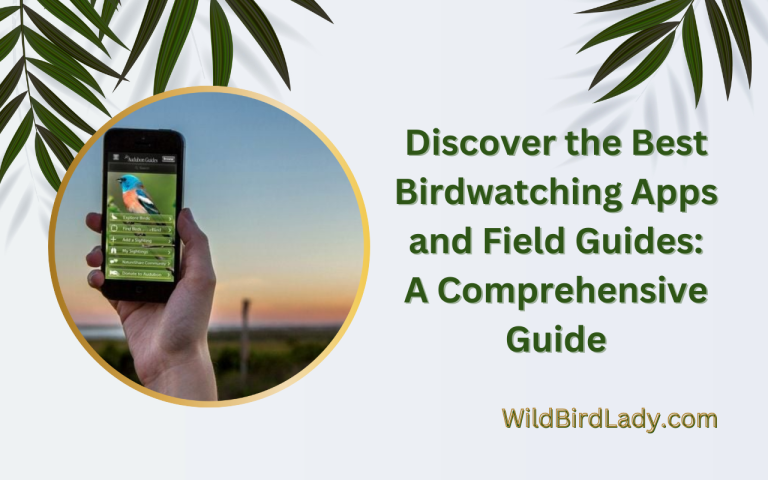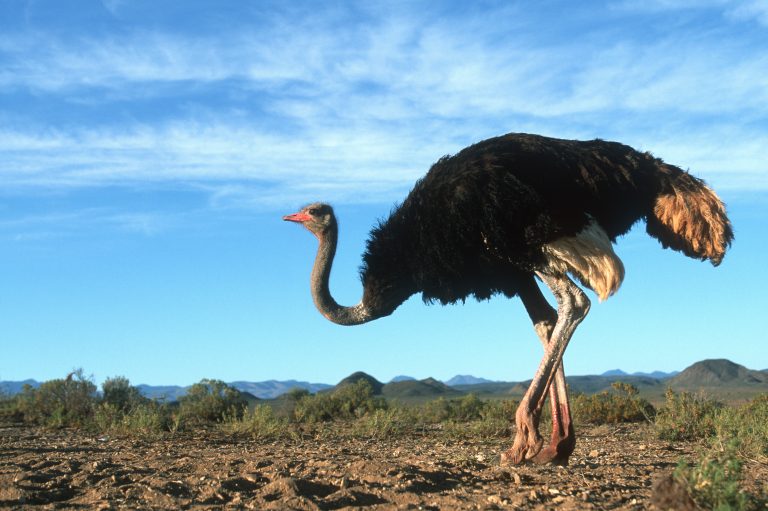15 Stunning Black Birds with White Bellies You Might Spot in Your Backyard
By Rifat Ahmed | Birding Enthusiast with 13+ Years of Experience
If you’re anything like me, birdwatching isn’t just a hobby — it’s a lifelong passion. Over the past 13 years, I’ve spent countless mornings with a hot cup of coffee, binoculars in hand, marveling at the winged wonders gracing my backyard. Among the many beautiful birds I’ve observed, few are as eye-catching and memorable as black birds with white bellies. Their contrasting colors make them pop against any background, and spotting one is always a treat. In this article, I’ll introduce you to ten of the most stunning black birds with white bellies that you might be lucky enough to see right outside your window.
Black Birds with White Bellies You Can Spot in Your Backyard
1. Eastern Towhee
- Scientific Name: Pipilo erythrophthalmus
- Range: Eastern United States
- Habitat: Forest edges, overgrown fields, backyard shrubs
- Call: Xeno-canto Recording
The Eastern Towhee is a striking bird with black upper parts and a pure white belly. Males have a rich, rufous-colored side that adds a splash of warm contrast. These birds have a distinct call that sounds like “drink your teeeeea,” and their behavior is equally charming. You’ll often see them hopping and scratching through leaf litter in search of insects.
Rifat’s Tip: Eastern Towhees enjoy insects, seeds, and berries. Place leaf mulch or natural brush piles near feeders to attract this ground-foraging beauty. Plant native berry bushes like elderberry or dogwood for added appeal.
2. Dark-eyed Junco
- Scientific Name: Junco hyemalis
- Size: 5.5 – 6.3 inches
- Region: North America, especially in winter months
- Range: North America
- Habitat: Woodlands, open fields, suburban gardens
- Call: Xeno-canto Recording
- Identification Tip: Look for a pink beak and white outer tail feathers when they fly.
Nicknamed the “snowbird,” Dark-eyed Juncos are more than just wintertime visitors. With a sleek black (or dark gray) head and crisp white underparts, they’re easy to identify. These small birds move in quick flocks, adding life to any cold morning.
Rifat’s Tip: Juncos love millet and cracked corn – sprinkle some under hanging feeders to welcome them. Adding low platform feeders and keeping brushy cover nearby increases their comfort.
3. Black Phoebe
- Scientific Name: Sayornis nigricans
- Size: 6.3 inches
- Region: Western U.S., Mexico, parts of Central America
- Range: Western U.S., Mexico, and Central America
- Habitat: Near water, gardens, backyards, parks
- Call: Xeno-canto Recording
The Black Phoebe is a favorite among photographers for good reason. It sports a jet-black head and back, with a perfectly contrasting snow-white belly. Their upright perching posture and tail-pumping habit make them easy to spot.
Rifat’s Tip: Black Phoebes feed on flying insects. A birdbath or small water feature can be a magnet for these flycatchers. Avoid pesticide use to keep their food sources abundant.
4. Tree Swallow
- Scientific Name: Tachycineta bicolor
- Range: North America
- Habitat: Open fields near water, nest boxes in backyards
- Call: Xeno-canto Recording
Glistening in the sunlight, the Tree Swallow appears almost iridescent black-blue on top with a clean white belly. These aerial acrobats are a joy to watch as they dart around catching insects mid-flight.
Rifat’s Tip: Tree Swallows feed on flying insects. Install a nest box 6–10 feet high in an open area and avoid frequent mowing nearby to encourage insect life.
5. White-bellied Drongo
- Scientific Name: Dicrurus caerulescens
- Size: 7.5 – 9 inches
- Region: Indian subcontinent
- Size: 5.1 – 5.5 inches
- Region: North America
- Range: South Asia (if you live or travel abroad)
- Habitat: Open forests, villages, gardens
- Call: Xeno-canto Recording
Though not native to North America, the White-bellied Drongo deserves a mention. If you live in South Asia or plan to visit, this glossy black bird with a distinct white belly and forked tail is a treat.
Rifat’s Tip: These insectivorous birds are drawn to open spaces and native flowering plants that attract bugs. Provide perches and avoid pesticide use.
6. Black-and-white Warbler
Scientific Name: Mniotilta varia
- Range: Eastern North America, migrates to Central/South America
- Habitat: Forests, parks, wooded backyards
- Call: Xeno-canto Recording
This warbler doesn’t just look like a zebra in flight — it acts like one too, creeping along tree bark like a nuthatch. Though more striped than solidly black-and-white, it earns its spot for its sharp color contrast and beautiful belly.
Rifat’s Tip: Black-and-white Warblers eat insects and spiders. Preserve tree bark habitat and add bird-friendly native trees to your yard.
7. White-breasted Nuthatch
- Scientific Name: Sitta carolinensis
- Range: North America
- Habitat: Deciduous forests, backyards with mature trees
- Call: Xeno-canto Recording
With a charcoal-black cap and snow-white belly, the White-breasted Nuthatch is a frequent guest at suet feeders. They often forage head-first down tree trunks — a unique behavior among birds.
Rifat’s Tip: They enjoy suet, peanuts, and sunflower seeds. Offer them in winter and leave snags (dead trees) if safe, for natural foraging.
8. Rose-breasted Grosbeak (Male)
- Scientific Name: Pheucticus ludovicianus
- Range: Eastern and Central North America
- Habitat: Forest edges, gardens, feeders
- Call: Xeno-canto Recording
While not fully black, the male grosbeak’s striking black back, wings, and head contrast vividly with a white belly and a bright red breast. It’s like a tuxedo with a red boutonnière.
Rifat’s Tip: Provide sunflower seeds in platform feeders during spring migration. Add fruiting shrubs and tall trees for nesting.
9. Spotted Towhee
- Scientific Name: Pipilo maculatus
- Range: Western North America
- Habitat: Shrubby thickets, suburban yards, open woods
- Call: Xeno-canto Recording
A cousin of the Eastern Towhee, the Spotted Towhee boasts a black head and back with bold white spots on the wings and a white belly. Add in the warm rust-colored flanks and you’ve got a bird worth writing home about.
Rifat’s Tip: Spotted Towhees enjoy seeds, berries, and insects. Keep part of your yard “wild” with native shrubs and undergrowth to encourage foraging and nesting.
10. White-bellied Woodpecker
- Scientific Name: Dryocopus javensis
- Size: 16 – 18 inches
- Region: South and Southeast Asia
- Range: Southeast Asia
- Habitat: Old forests, wooded areas
- Call: Xeno-canto Recording
Though not a common backyard bird unless you’re in its native range, the White-bellied Woodpecker is a majestic sight. Glossy black plumage covers most of its body, offset by a striking white belly.
Rifat’s Tip: They feed on insects and larvae in dead trees. Protect mature forests and avoid removing standing deadwood if safe.
11. Eastern Kingbird (Tyrannus tyrannus)
- Size: 7.5 – 9 inches
- Habitat: Fields, edges of woodlands, near water
- Region: Eastern and Central North America (summer)
- Diet: Insects, berries
This sharp-looking flycatcher has a tuxedo-like appearance: glossy black head and back, bright white underparts, and even a white band at the tail’s tip. They’re bold birds, unafraid to chase away much larger raptors from their nests.
How to Attract: Plant fruiting shrubs like elderberry; leave dead branches for perching.
Identification Tip: Note the upright posture and fluttering tail during territorial displays.
12. Magpie-lark (Grallina cyanoleuca)
- Size: 10.6 – 12.2 inches
- Habitat: Open areas, farmland, suburban lawns
- Region: Australia
- Diet: Insects, worms
Known locally as the “peewee,” this black-and-white beauty is commonly seen strolling across lawns or perched on powerlines.
How to Attract: Provide open lawn space and shallow birdbaths.
Identification Tip: Male and female have slightly different face markings; females have a white eyebrow.
13. Willy Wagtail (Rhipidura leucophrys)
- Size: 7.5 – 8.7 inches
- Habitat: Open fields, backyards, woodlands
- Region: Australia, New Guinea, Indonesia
- Diet: Insects
With a black upper body and stark white underparts, they dance around with flicking tails.
How to Attract: Keep grassy patches and avoid pesticides; they’ll hunt bugs naturally.
Identification Tip: Constant tail-wagging and harsh chattering call.
14. White-bellied Sea Eagle (Haliaeetus leucogaster)
- Size: 27.5 – 31 inches (wingspan up to 7 feet!)
- Habitat: Coastal areas, rivers, lakes
- Region: Australasia, Southeast Asia
- Diet: Fish, carrion, waterbirds
A massive raptor seen soaring above coasts and large lakes.
How to Attract: Not backyard friendly—best observed in the wild.
Identification Tip: Huge wingspan, strong gliding flight, and loud goose-like call.
15. Pied Butcherbird (Cracticus nigrogularis)
- Size: 10.6 – 12.6 inches
- Habitat: Open woodlands, towns, farmlands
- Region: Australia
- Diet: Insects, small vertebrates
These bold birds sing some of the most beautiful songs in the avian world.
How to Attract: Provide tall perches, avoid excessive pruning.
Identification Tip: Strong hooked beak and haunting flute-like songs.
FAQs: Black Birds with White Bellies
Q: Are black birds with white bellies rare?
A: Not at all. Many are common and can be seen seasonally or year-round depending on your region.
Q: Can I attract these birds without a large backyard?
A: Yes. Even small patios with feeders, native plants, or water sources can make a big difference.
Q: What time of year is best for spotting them?
A: Winter for species like the Dark-eyed Junco, and spring to summer for flycatchers and wagtails.
Q: Should I worry about predators if I attract birds?
A: It’s wise to place feeders and baths in safe locations away from prowling cats or hiding spots for hawks.
Q: Do these birds help with pest control?
A: Absolutely! Many of them eat insects, which helps keep your garden balanced naturally.
Final Thoughts
Spotting these elegant black-and-white birds can turn an ordinary day into something extraordinary. Whether you’re a seasoned birder or just starting, keeping an eye out for these species can deepen your connection with nature and make you appreciate the biodiversity in your own backyard.
Take time to listen, observe, and document your sightings. Each encounter is a small miracle. And who knows — the next time you sip your coffee by the window, a stunning black bird with a white belly might grace you with its presence.
Happy birding!
– Rifat Ahmed
Birdwatcher, Blogger & Backyard Naturalist
Have you spotted one of these birds recently? Tag me on social media and let’s talk birds!

